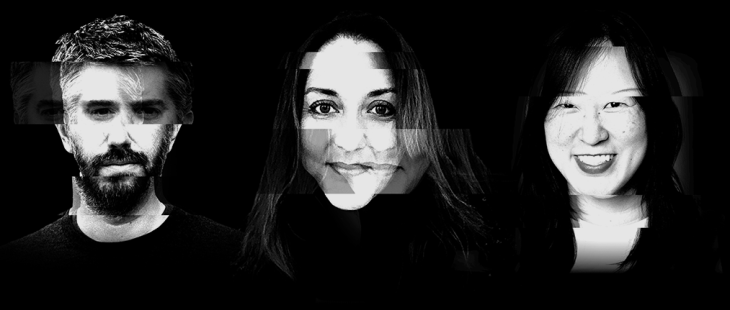What does Automattic – a technology company, MIT Center for Civic Media – a research powerhouse, and The Mash-Up Americans – my media firm, have in common? We’re all working together to have honest conversations, build empathy, and help make the world a more inclusive and compassionate place.
In our second Design and Exclusion conversation, I was lucky enough to talk to Paco Viñoly, VP of Design at Nextdoor and Anne Diaz, Lead Experience Researcher at Airbnb about how to ask better questions, gather better information, and interpret that information with depth and nuance.
As we’ll discuss, one thing about data is that even if something is technically accurate or quantifiable, it’s not always representative of a larger truth about a community or about its intentions. Sometimes the answers we get are less about truth than they are about the perspective of the person who asked the questions.
So how can designers make more informed and more ethical choices to better serve their communities? How do we acknowledge our own biases when it comes to our work? As we say at The Mash-Up Americans, you don’t know what you don’t know, but you’ve got to be willing to adapt when new information comes in. For example, Paco tells us about how Nextdoor confronted its team’s unconscious bias when racist posts started flooding the community. And how it was able to reduce the racism across the network with design. Listen to the full conversation below (full transcript).
